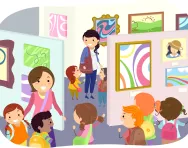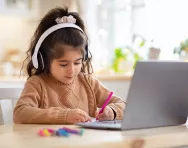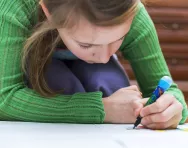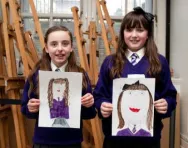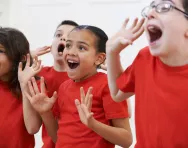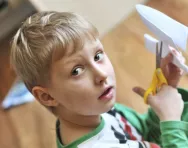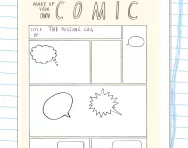Important update from TheSchoolRun
For the past 13 years, TheSchoolRun has been run by a small team of mums working from home, dedicated to providing quality educational resources to primary school parents. Unfortunately, rising supplier costs and falling revenue have made it impossible for us to continue operating, and we’ve had to make the difficult decision to close. The good news: We’ve arranged for another educational provider to take over many of our resources. These will be hosted on a new portal, where the content will be updated and expanded to support your child’s learning.
What this means for subscribers:
- Your subscription is still active, and for now, you can keep using the website as normal — just log in with your usual details to access all our articles and resources*.
- In a few months, all resources will move to the new portal. You’ll continue to have access there until your subscription ends. We’ll send you full details nearer the time.
- As a thank you for your support, we’ll also be sending you 16 primary school eBooks (worth £108.84) to download and keep.
A few changes to be aware of:
- The Learning Journey weekly email has ended, but your child’s plan will still be updated on your dashboard each Monday. Just log in to see the recommended worksheets.
- The 11+ weekly emails have now ended. We sent you all the remaining emails in the series at the end of March — please check your inbox (and spam folder) if you haven’t seen them. You can also follow the full programme here: 11+ Learning Journey.
If you have any questions, please contact us at [email protected]. Thank you for being part of our journey it’s been a privilege to support your family’s learning.
*If you need to reset your password, it will still work as usual. Please check your spam folder if the reset email doesn’t appear in your inbox.
5 primary school art projects to try at home
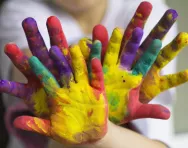
Paint a stone paperweight
Age range: Nursery and Reception
What you do: Find a smooth stone or large pebble about the size of the palm of your child's hand. Have them paint a picture of something (an insect, a flower or a dinosaur) on the stone. Once dried, varnish the stone/pebble.
They're learning about... Using different tools and materials to create art.
At school they might… Do a similar activity linked to a topic they are studying, such as mini-beasts.

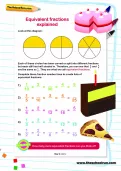
Start a unique learning programme!
- Weekly programme for each school year
- Worksheets sent direct to your inbox
- Keeps your child's learning on track
Study one picture closely
Age range: EYFS and KS1
What you do: Choose a famous painting (for example, Vincent van Gogh’s Sunflowers) and have your child study different sections of the picture – use a magnifying glass to help if you have one. They then draw, paint, or use pastels, recreating that specific part of the picture, larger and in detail.
They're learning about... How to look at the work of different artists using different tools and techniques.
At school they might… Do a mini-topic on one particular artist, learning about their life in terms of their work, their birthplace, their personality, etc.
Make a clay Diwali candle holder
Age range: EYFS and KS1
What you do: Start with a ball of air-drying clay. Help your child push their thumb into the ball to make a hole big enough to fit a tea-light candle in it. Paint the clay using gold and silver paints, then leave to dry.
They're learning about... Exploring a range of starting points and different inspirations for their art work.
At school they might… Work on a selection of art projects themed around a festival such as Diwali (for example designing henna patterns on a cut-out paper hand).
Paint a mood
Age range: KS2
What you do: Chat with your child about how they are feeling, perhaps asking them, “How does it make you feel when X happens?” Write down the key emotion words they use. Present them with paints or sketching pencils and encourage them to draw a picture of their mood. Explain that it might be an abstract picture, where the meaning isn’t immediately obvious – look at some abstract art online together so that they understand they don't have to represent emotion through objects.
They're learning about... Communicating ideas and feelings through artwork.
At school they might… Listen to a piece of classical music and draw or paint how it is making them feel.
Design story-telling tiles
Age range: KS2
What you do: Help your child roll out some air-drying clay and cut it into several square tiles. Using clay tools (or ordinary cutlery) have them carve out scenes from a favourite story, depicting what happens and the setting.
They're learning about... Using tools and techniques, using a story as a starting point for art.
At school they might… Use drama, images, nature or films as other starting points for artistic projects.
Primary-school art curriculum changes in 2014
In 2014 there will be changes brought into all areas of the national curriculum. These changes, broadly speaking, are designed to give schools and teachers more freedom and independence to teach children in the way they see fit, therefore some of the objectives and assessments will be more free-flowing and less rigid.
Like many other subjects, art has been ‘slimmed down’ in terms of the number of objectives and suggestions. This should not mean that your child will be taught less art, but that it’ll be up to the teacher to determine more of what is taught. What you can do as a parent is continue to fire their interest in the subject – take them to galleries, look at books about famous artists and have fun with plenty of hands-on creative activities.

